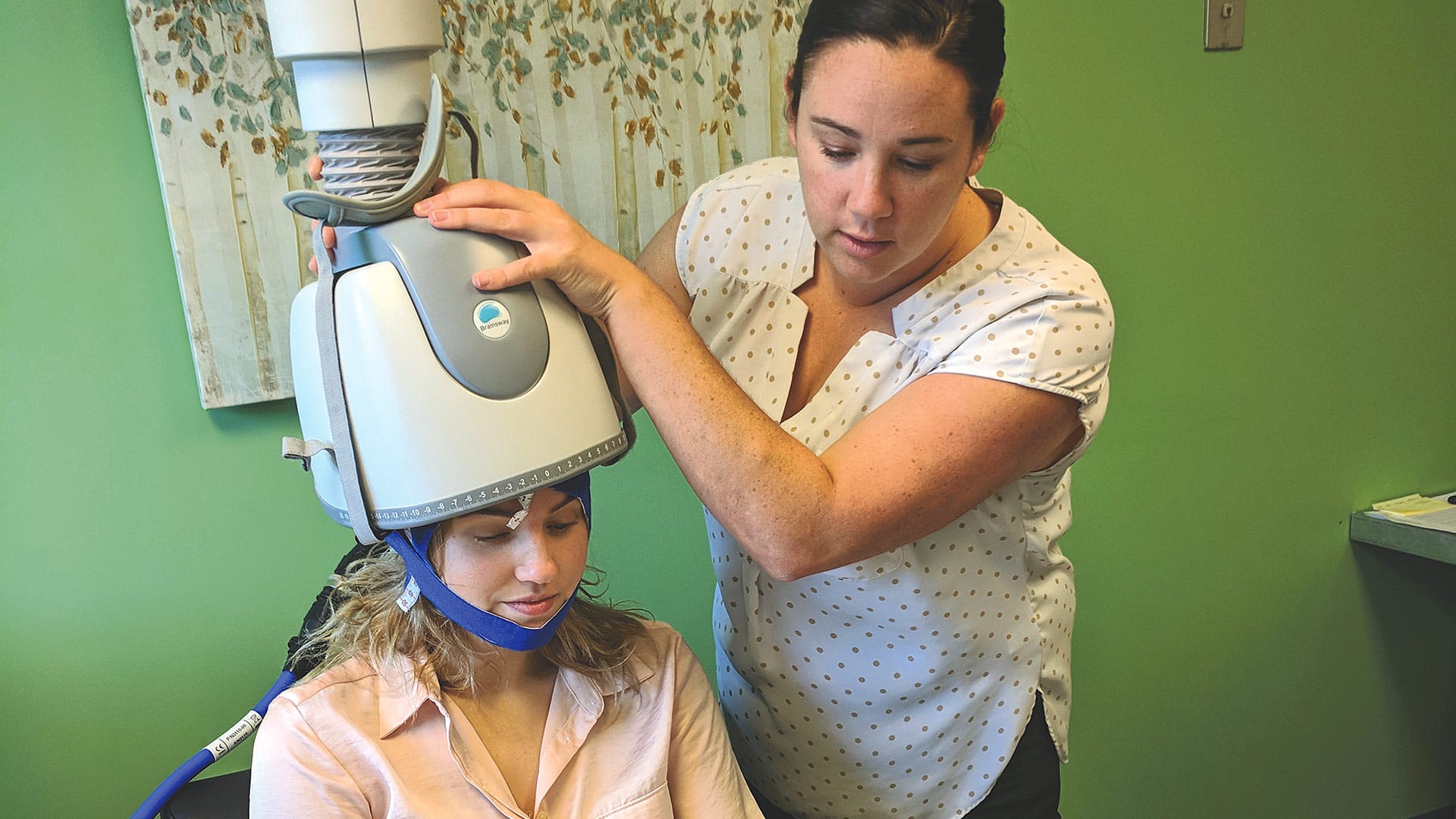Life On The Front Lines Consider These Compensation And Retention Strategies For Practice Managers
Doctors continually struggle with the question of how to compensate and hold onto their practice managers. There are many definitions and variables that need to be considered and which complicate the process. This article is intended to give doctors of small to mid-size practices some guidance and trends. Larger groups of 26 or more physicians are much more complex organizations and are excluded from this analysis.
‘Practice manager’ is a broad term intended to include the practice administrator or office manager who holds the top non-clinical administrative position that reports directly to the doctor owners. These titles are often interchanged depending on responsibilities, practice specialty, and practice size. The Medical Group Practice Association (MGMA) defines these as follows:
• Practice Administrator: This individual maintains broad responsibilities for all administrative functions of the medical group, including operations, marketing, finance, managed care/third-party contracting, physician compensation and reimbursement, human resources, medical and business information systems, and planning and development. The practice administrator typically oversees management personnel with direct responsibilities for the specific functional areas of the organization and usually reports to the governing body of the organization.
• Office Manager: Typically found in a practice that does not have a practice administrator position, this person manages the non-medical activities of a larger medical practice, with a more limited scope than that of a practice administrator. He or she may initiate or lead strategic development activities. The focus of this position usually rests on the daily operations of the organization, with possible oversight of some financial activities, such as billing and collections. This person usually reports to physician management.
Compensation, for purposes herein, is intended to mean direct compensation as reported on the employee’s W-2 plus all voluntary salary reductions (e.g., 401(k), 401(b), Section 125 tax savings, and medical savings plan) and includes all bonus and/or incentive payments.
Fringe benefits include employer-paid benefits that are nontaxable to the employee, including employer contributions to funded retirement plans; health, life and disability insurance; child care; travel; conferences; and related business expenses.
Trends in surveys conducted by MGMA and other consulting firms indicate increases in direct compensation in 2002 of between 4{06cf2b9696b159f874511d23dbc893eb1ac83014175ed30550cfff22781411e5} and 7{06cf2b9696b159f874511d23dbc893eb1ac83014175ed30550cfff22781411e5} for practice managers. A composite of the surveys for the Northeast Region of the United States shows the following direct compensation ranges: practice administrator, $48,400 to $129,700; office manager, $33,800 to $69,000.
The average compensation ranges in those same surveys were: practice administrator, $70,356 to $93,213; office manager, $42,000 to $47,546.
These ranges generally reflect individuals with five or more years of experience. MGMA further delineates practice administrator compensation in the Northeast as follows:
For a group size of six doctors or fewer, the compensation range was $55,490 to $100,047, with an average of $70,356. For a practice of seven to 25 doctors, the range was $71,772 to $129,696, with an average of $93,213.
The wide range in compensation is attributable to group size, experience, responsibilities, practice specialty, and performance. Other contributing factors include market demand and other fringe benefits.
The demand for quality practice managers in Massachusetts and Connecticut is very high. Recruiting a practice manager is a difficult and costly undertaking. Groups that contribute less to insurance, retirement, continuing education, and paid time off have to compensate more.
The responsibilities and stress of practice management have increased dramatically in the last decade. The constraints of regulations and finances ultimately fall on the shoulders of one person in the group: the practice manager. The challenges of increasing revenues, holding the line on overhead, and maintaining the doctors’ compensation levels have become increasingly difficult.
Many practice managers who feel they are undercompensated often don’t bring the subject up due to a feeling of responsibility to the group. Unfortunately, this phenomenon is sometimes reinforced by the doctors. Compensation and benefits are not the only problem. Staffing levels are usually high on the list, along with a lack of support and appreciation from the doctors. Most practice managers don’t even get a formal annual review.
The following steps can help you improve your relations with and the performance of your practice manager:
1. Select a doctor to be the point person to whom the practice manager can communicate directly. This doctor should also be the contact through whom any other doctors should channel their practice management issues.
2. Voice a genuine concern, appreciation, and desire to help. Show your support by setting time aside on a weekly basis to communicate practice management issues.
3. Review the practice manager’s written job description to keep everyone abreast of expectations. If you don’t have one, develop one immediately.
4. Stay current on compensation and benefit levels in your practice area. Seek the help of your accountant/consultant who is knowledgeable in this area.
5. Encourage membership in regional MGMA chapters, and be sure time is scheduled for attendance.
6. Budget for continuing professional education and development, including paid time to attend seminars and conferences.
7. Be sure the practice manger has the resources, technology, and staffing to effectively manage the practice.
8. Set realistic and measurable goals. Critique shortfalls, and positively reinforce achievements frequently and in a timely fashion.
9. Conduct a formal review at least annually with input from all the group doctors and outside accountant and consultant.
10. Display leadership and teamwork from the top down.
Always remember that your practice manager is on the front line every day, fielding curve balls being thrown at you from within and outside your practice. Be sure a support line is there — and that you are at the other end.
James B. Calnan, CPA, is partner-in-charge of the Health Care Services Division of Meyers Brothers, P.C. in Longmeadow; (413) 567-6101.


